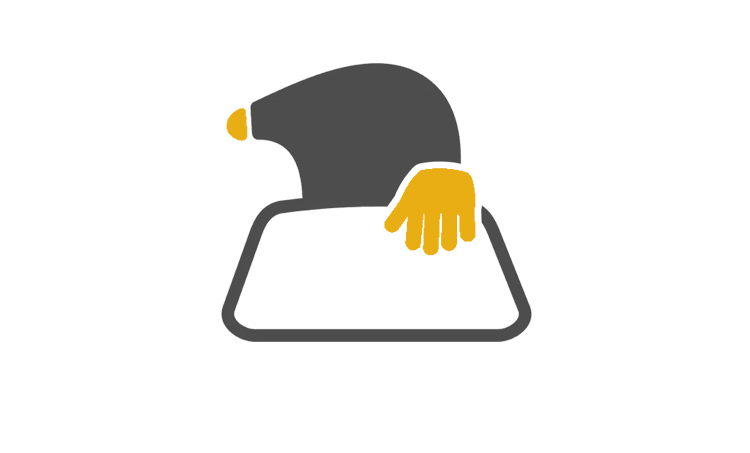Ofgem, the industry regulator, has announced that the energy price cap will increase by 10% in October, reaching an annual average of £1,717. This rise is primarily due to higher wholesale gas prices and Ofgem is urging consumers to consider shopping around for fixed-rate deals.
The latest increase means that households paying by direct debit will see their bills increase by an average of £12 per month. Despite this rise, the cap will still remain around £500 higher than the average annual bill levels seen before Russia’s invasion of Ukraine.
So, what exactly is the energy price cap? And what is the real cost for households? Here’s what you need to know.
The energy price cap limits the amount that utility companies can charge customers for their daily standing charge and each unit of gas and electricity they use. Ofgem releases the cap quarterly and estimates the average annual cost for a household based on specific assumptions – 2.4 people living in the household, consuming 2,700 kWh of electricity and 11,500 kWh of gas.
However, the actual cost for each customer will vary depending on their individual energy usage. If a household uses more gas and electricity than the average, they will pay more. Additionally, the use of a yearly figure for budgeting purposes may not be accurate as prices have fluctuated significantly over the past four years.
Here is a breakdown of what is currently capped:
– Each unit of electricity – 24.5p per kWh (up from 22.36p)– Each unit of gas – 6.24p per kWh (up from 5.48p)– Electric standing charge – 60.99p (up from 60.12p)– Gas standing charge – 31.66p (up from 31.41p)
It is important to note that Ofgem’s price cap only applies to those in England, Scotland, and Wales on standard variable or default tariffs. This includes the majority of households, whether they pay by direct debit or a prepayment meter. It does not apply to those on fixed-rate tariffs.
The energy price cap was originally introduced in 2019 as a means to protect consumers from high energy costs. This was in response to the Competition and Markets Authority’s findings in 2018 that customers were paying a “£4bn loyalty penalty” by staying with providers who raised prices. Initially, Ofgem reviewed the cap biannually, but since August 2022, it has been updated quarterly to provide stability in the energy market and reduce the risk of energy companies going bust.
Since its introduction, the energy price cap has fluctuated significantly due to various factors such as Russia’s war in Ukraine, the COVID-19 pandemic, and record inflation. It started at £1,137 in January 2019 and remained around this figure until 2022. However, from April to September that year, it rose to £1,971 – a 54% increase from the previous period. With Ofgem now updating the cap quarterly, it reached record highs of £3,549 from October to December 2022 and £4,279 from January to March 2023.
In response, the Conservative government introduced an energy price guarantee, capping bills at £2,500. This was later raised to £3,000 in July 2023. Since then, the cap has decreased and currently stands at £2,074.
In conclusion, while the energy price cap may provide some relief for consumers, it is important to regularly review and compare energy deals to ensure you are getting the best price for your household’s energy usage.
















